
views
Selecting the Right Bag

Check your airline’s bag requirements. Each airline has slightly different requirements for checked and carry-on baggage. You should be able to find that information on your airline’s website, usually under "Frequently Asked Questions." Keep in mind that the airline’s website will have the most up-to-date information.
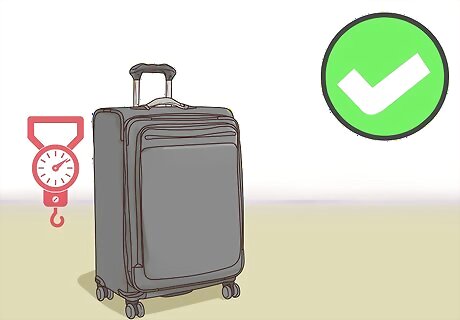
Make sure bag extensions are within the size requirements. Some bags have a little zipper around the edge that doesn’t open into a new section, but instead extends your bag. If you think you’ll need to use this extension, make sure you measure your bag with it unzipped and extended.
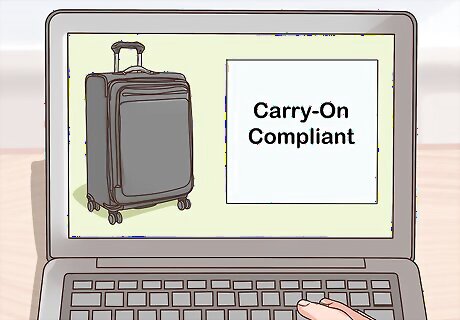
Double-check the measurements retailers list on their websites. A lot of luggage retailers will advertise that their bags are “carry-on compliant.” They’ll also list measurements that seem to fit with most airlines’ carry-on size requirements. But always measure the bag on your own before you pack it and take it to the airport. Different airlines have different requirements, and retailers don’t always have accurate measurements.
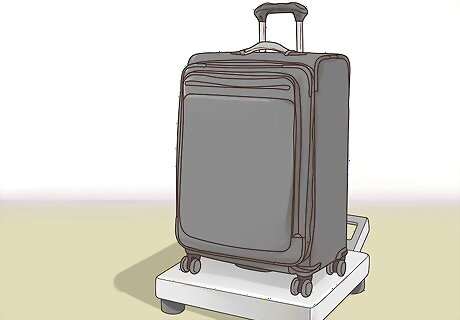
Measure your bag once it's been packed. Your bag might fit within the airline's requirements when it's empty, but adding your stuff to it can change the dimensions. Pack everything you need to take and then re-measure it.
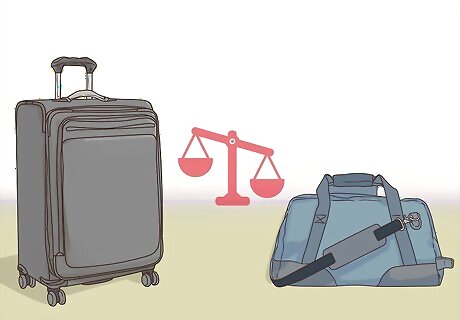
Compare carry-on and checked bag measurements. Most airlines allow you to bring a larger bag if you're checking it. Make sure you know if you're carrying on a bag or checking it, and that you have your airline's measurement requirements for the type of bag that you've chosen. Most airlines have strict weight requirements for checked luggage. Make sure you weigh your bag, after it's fully packed, to make sure it's within those requirements.
Taking Measurements
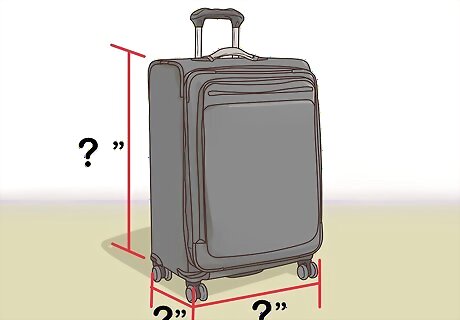
Measure the total linear inches of your bag. Because bags can be so many different shapes and sizes, some airlines just give a linear inch or centimeter measurement your bag needs to be under. Measure the length, height, and depth of your bag, including handles and wheels. Add those three measurements together. The total is your linear measurement, in either centimeters or inches.
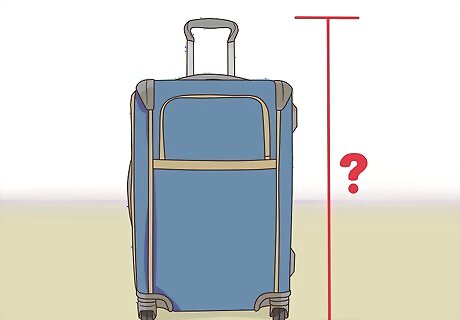
Measure from the wheels to the top of the handle for height. Some retailers list height as the “upright” measurement. To get the height of your bag, measure from bottom of the wheels (if your bag has wheels) to the top of your handle. If you’re using a duffle bag, stand it on its end and measure from one end to the other.
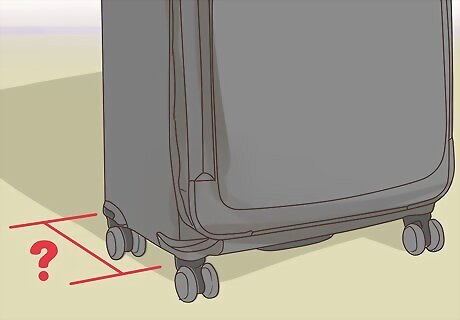
Measure from the back of your suitcase to the front for depth. The depth refers to how deep your suitcase is. So for depth you need to measure from the back of your suitcase (where your clothes rest when you’re packing) to the front (which usually has extra zip and slip pockets).
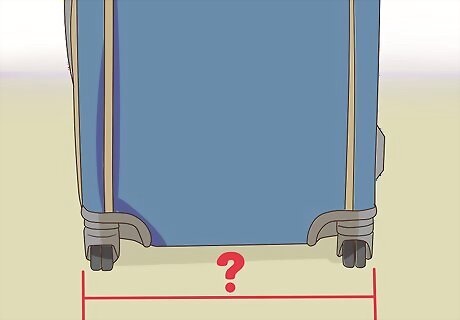
Measure from one edge to another for width. To take your luggage’s width measurement, you’ll need to situate it so you’re facing your luggage straight on. Then measure across the front of your bag. Make sure you include any side handles in your measurements.
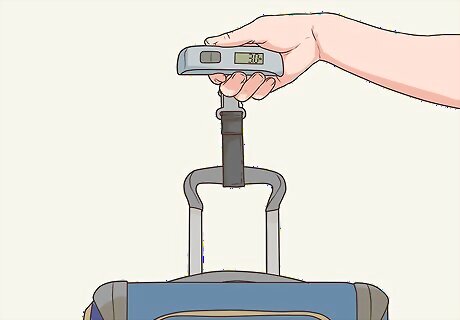
Weigh your bag with a scale. Each airline has a weight limit for carry-on and checked luggage. Take into consideration that your bag will weigh something, even when empty. If you have a scale at home, weigh your bag after it’s fully packed. It can help you avoid nasty fees or having to throw stuff out at the airport.


















Comments
0 comment